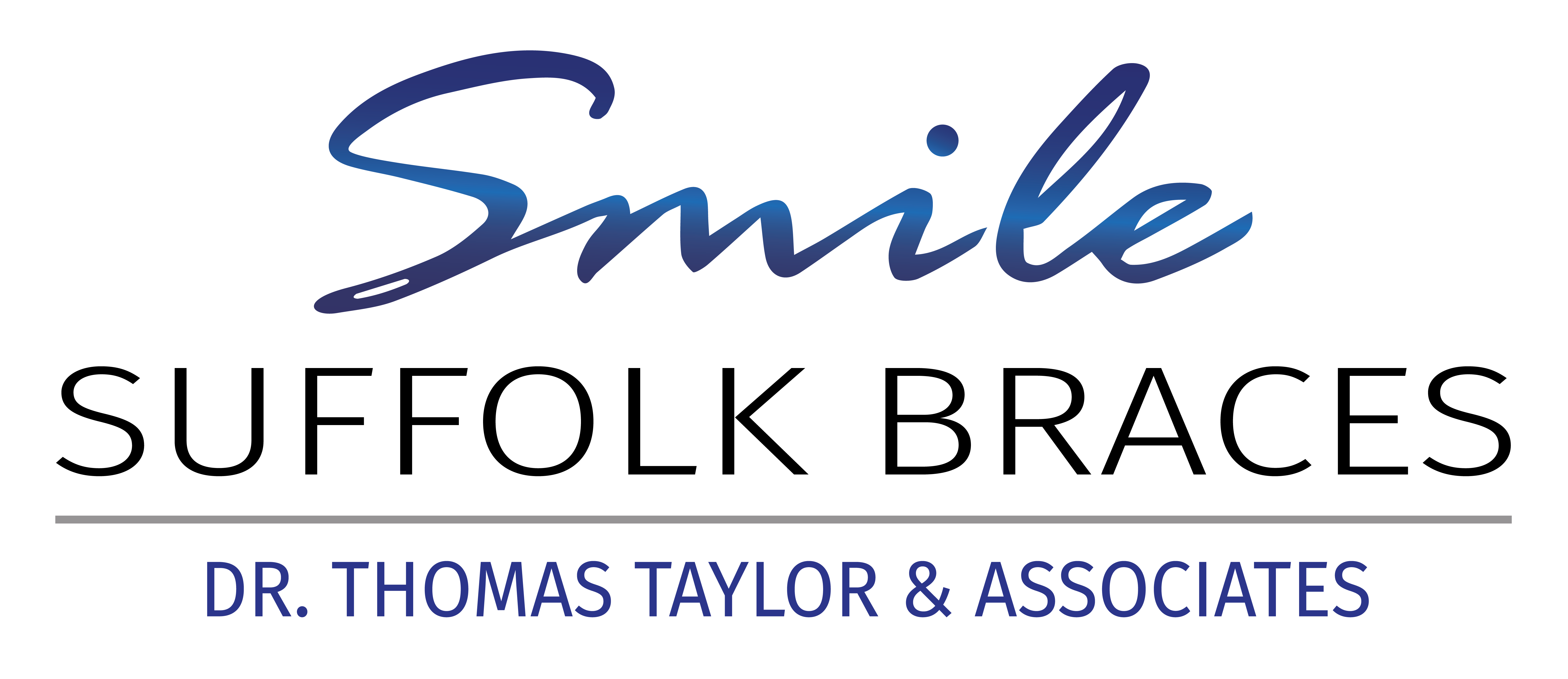Your Orthodontic Problems Explained
Misalignment and malocclusion can lead to cosmetic concerns. But did you know these issues can cause a wide array of dental problems, as well? When your teeth do not fit together properly, it can lead to complications, including temporomandibular joint (TMJ) disorder, tooth erosion, gum disease, and more. Curious to know if treatment at Smile Suffolk Braces can address your dental issues? Read on to learn more about the most common forms of malocclusion, and hear your orthodontic problems explained.

Overbite
An overbite is characterized by significant vertical overlapping of the upper teeth. A typical, healthy smile has a natural overbite of approximately one to two millimeters. However, when the teeth overlap more than this, the lower teeth can actually touch the roof of the mouth. This type of malocclusion can lead to bruxism (teeth grinding), chronic headaches, jaw pain, and more. Patients with deep overbites often appear to have shorter faces and smaller chins.

Underbite
Characterized by the protrusion of the lower teeth over the upper teeth, an underbite can cause erosion of the teeth and jaw joints. This type of malocclusion can be caused by an overgrowth of the mandibular jaw, an undergrowth of the maxillary jaw, or sometimes both. In some cases, patients may experience issues with speech patterns and development.

Cross Bite
A cross bite is diagnosed according to the relationship between the upper and lower rows of teeth. Typically, the upper teeth should rest slightly outside of the lower teeth in the front, back, and along the sides. Therefore, if the lower teeth rest outside the upper teeth when you bite down, you have a cross bite. Most of the time, cross bites are caused by hereditary factors. If you have an immediate family member with a cross bite, your risk for having one is increased.

Open Bite
An open bite is characterized by upper and lower teeth that do not touch at all when you close down. An open bite may be caused by improper skeletal development or by habits such as thumb sucking, finger sucking, tongue thrusting, or prolonged pacifier use. Open bites are normal and expected in children who have a mixture of primary and permanent teeth. In many cases, this condition corrects itself over time. However, in some cases, the problem may continue into adolescence. This is why it is so important to bring your child in for their first orthodontic visit around age seven. If there is a skeletal issue present, it can be corrected much easier when diagnosed early.

Crowding
Tooth crowding can occur for a number of reasons. First, the jaw may simply be too small to accommodate the teeth. Secondly, the teeth may be too large. Or, there may be supernumerary (extra) teeth that lead to crowding. This condition can have a negative impact on your bite.

Spacing
Similar to crowding, spaces between the teeth can be caused by a mismatch between tooth size and jaw size. For example, if the jaw is too large for the teeth, the teeth may spread out. If you were born with congenitally missing teeth, you may develop gaps in your smile. In some cases, spacing is merely a cosmetic concern. However, depending on the specific cause, treatment may be recommended for long-term oral health.

Front Teeth Protrusion
An overjet, or maxillary protrusion, is characterized by flared front teeth that “stick out” over the lower teeth. This type of bite may indicate uneven jaw growth or poor jaw position. Front teeth protrusion can be caused by childhood habits, such as finger or thumb sucking, or it can be the result of genetics. Protruding teeth are more prone to fracture, so it is important to address this issue to avoid dental damage.

Unmatched Dental Midlines
The dental midline is the line between your two front teeth on the upper and lower arches. These landmarks should align with one another, and also with the center of your nose and the point in between your eyes. If these points are not in alignment, it can result in issues with bite and jaw function.
Contact Us to Learn More
Fortunately, all of these malocclusion issues can be addressed with orthodontic treatment. To schedule a consultation with us, you can contact us online or call one of our Suffolk, VA office locations.

